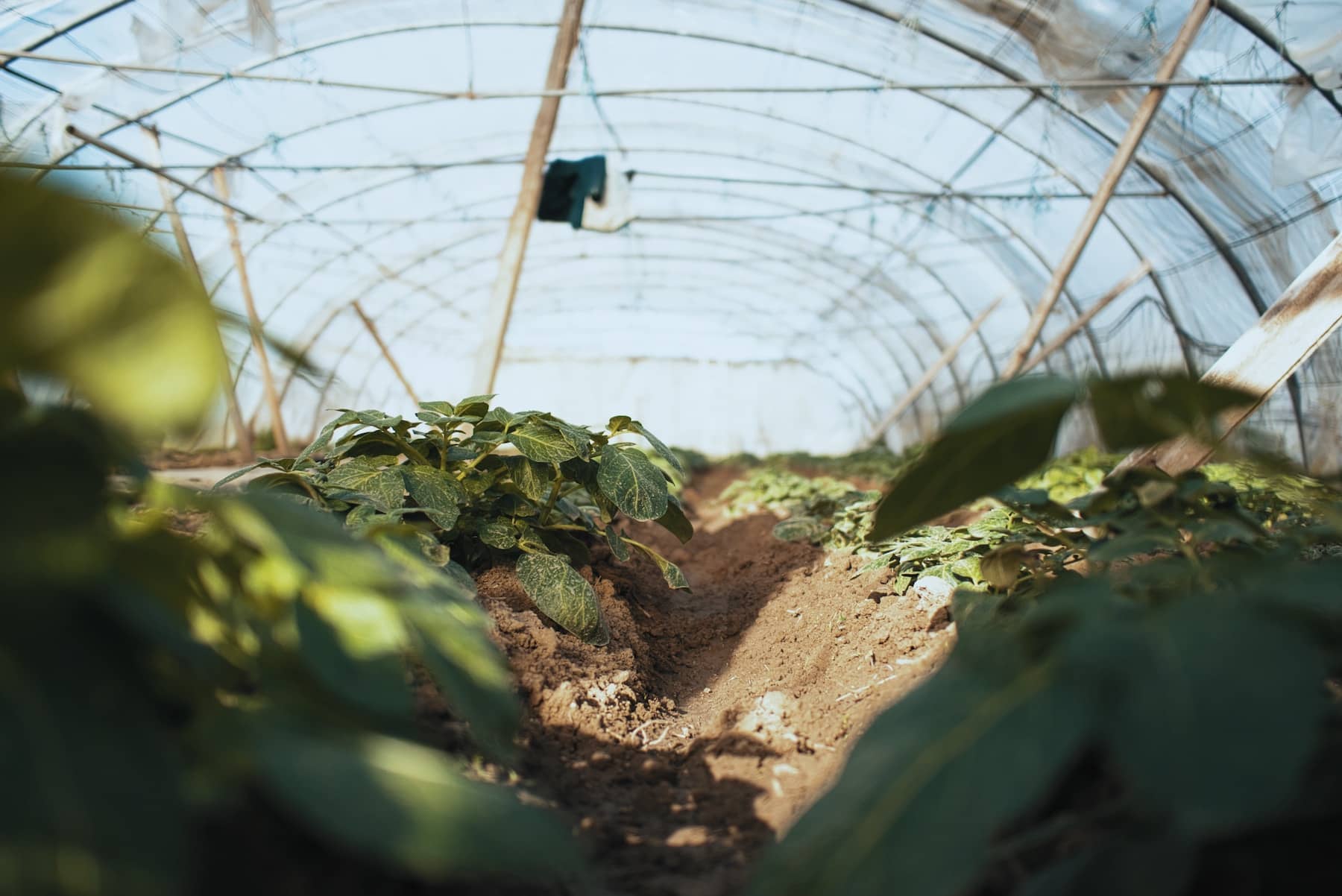By Rob Eddy and Carmen Azzaretti
With our latest USDA-sponsored Benchmarking Report, created in partnership with the American Council for an Energy-Efficient Economy (ACEEE), Resource Innovation Institute has brought forward validated energy and resource use data from active CEA facilities.
The “CEA Energy & Water Benchmarking Report: Establishing Preliminary Benchmarks for Controlled Environment Agriculture (CEA) Operations” leverages data from RII’s PowerScore platform to benchmark the annual resource consumption and productivity of 12 producers growing a variety of crops in greenhouse and indoor facilities across the U.S. These findings represent some of the first reported benchmarking data in the U.S.
Why This Matters
Validating resource efficiency theory with real-world tested data is crucial for the establishment of industry standards and best practices. And the CEA sector needs both as it scales.
The USDA has estimated that 80% of water consumption in the U.S. is from agriculture, with rates as high as 90% in some western states. Water consumption refers to water that is lost to the aquifer or surface source. For comparison, the water used by thermoelectric power facilities accounts for a higher percentage of aquifer withdrawals than agriculture, but only 3% of that water is consumptive, while the remainder is returned to surface water after treatment. Meanwhile, 80%-90% of irrigation water is lost due to the high volume of water transpired into the atmosphere by plants, according to RII’s Water Circularity Best Practices Guide.
This Benchmarking Report demonstrates that intentional and smart water conservation efforts can greatly reduce waste, with the highest-performing CEA facilities achieving greater than 90% water savings compared to field farming.
Key Findings
- Data Tracking Improves Efficiency
When producers submitted multiple years of data to PowerScore, efficiency and productivity gains occurred consistently, suggesting that “as producers become experienced they learn to optimize their facility.” - Water Circularity is Especially Effective in Closed Environments
Indoor and greenhouse farms are rich in water efficiency opportunities. Leachate and condensate recycling and recirculation have some of the highest waste-recapturing potential in CEA.As mentioned in the Water Circularity Best Practices Guide, vertical farm producers have reported conserving up to 80% of their water through HVAC system condensate reclaim.Operations that recapture and reclaim irrigation leachate using reverse osmosis systems should consider the efficiency of those units, as “1-9 gallons of rejected waste may be created for each gallon of purified water.” High-Efficiency Reverse Osmosis systems and other purification systems can help operators increase their water use efficiency. - Wide Water Efficiency Spread Indicates Additional Industry Gains Available
The Benchmarking Report notes that two producers used between 0-3 gallons of water per pound of sellable products, while three others reported using more than 20 gallons per pound of product.Part of this spread can be attributed to geographical differences–many producers who participated in this research were concentrated in areas where water availability isn’t an issue. But there also is an opportunity to prioritize investing in water efficiency incentives. Unlike with energy, there are very few financial incentives for CEA producers to adopt water circularity systems that shorten the return-on-investment timeline for facility operators.As evidenced by the success of high-efficiency LED lighting systems, incentives from the utility sector can accelerate the adoption of water circularity systems and practices.
Download RII’s NRCS-sponsored
“CEA Energy & Water Benchmarking Report: Establishing Preliminary Benchmarks”







